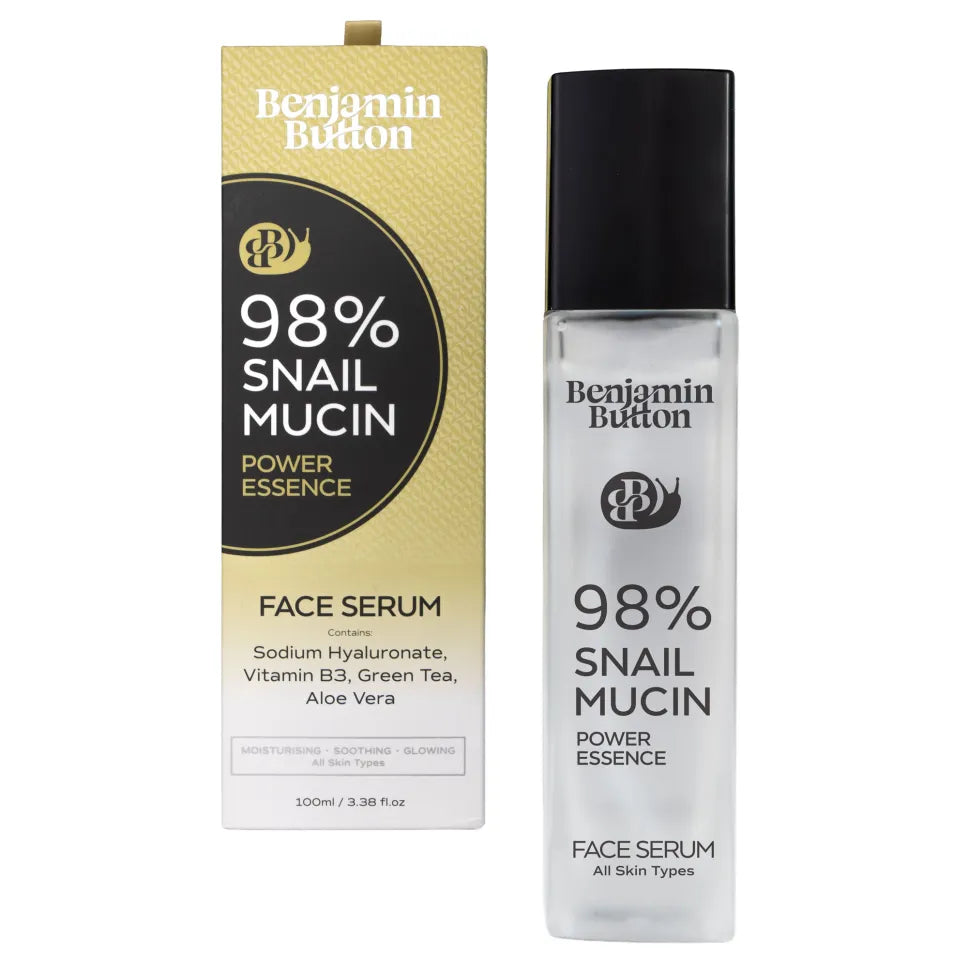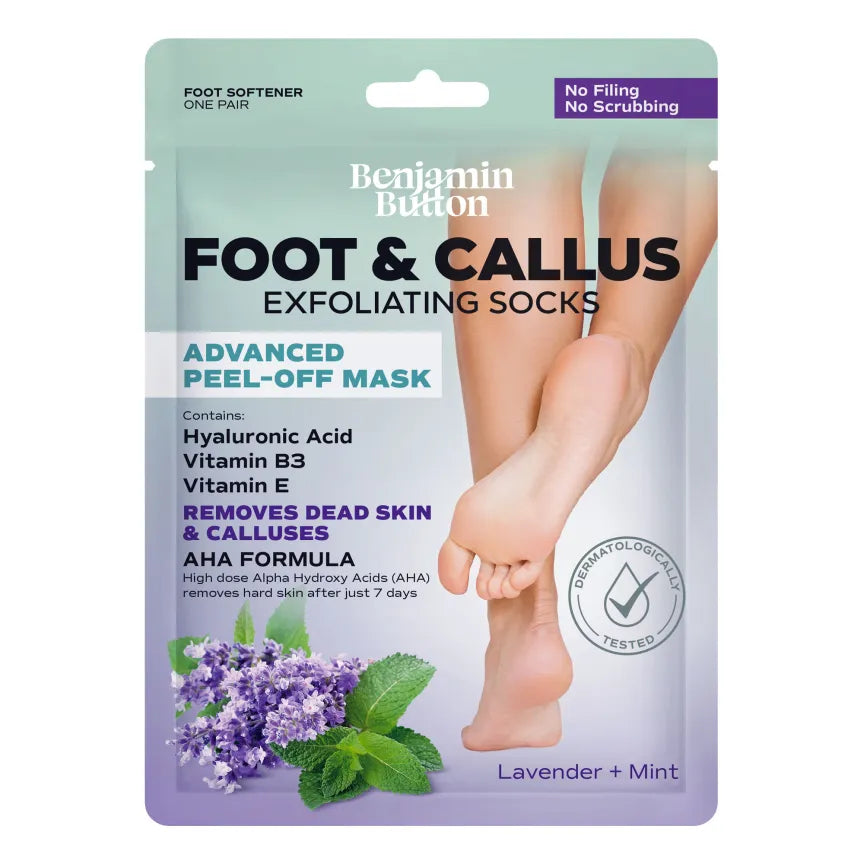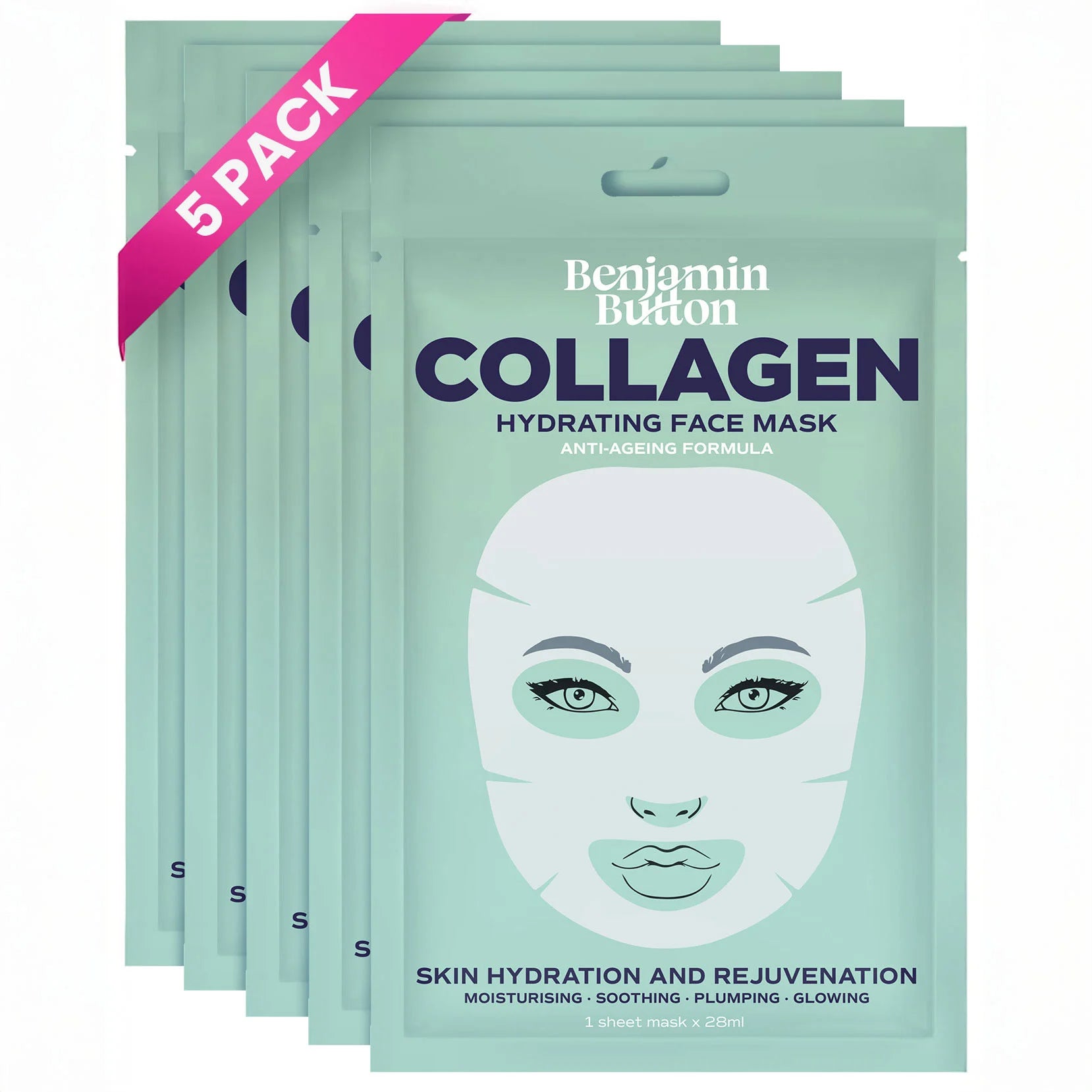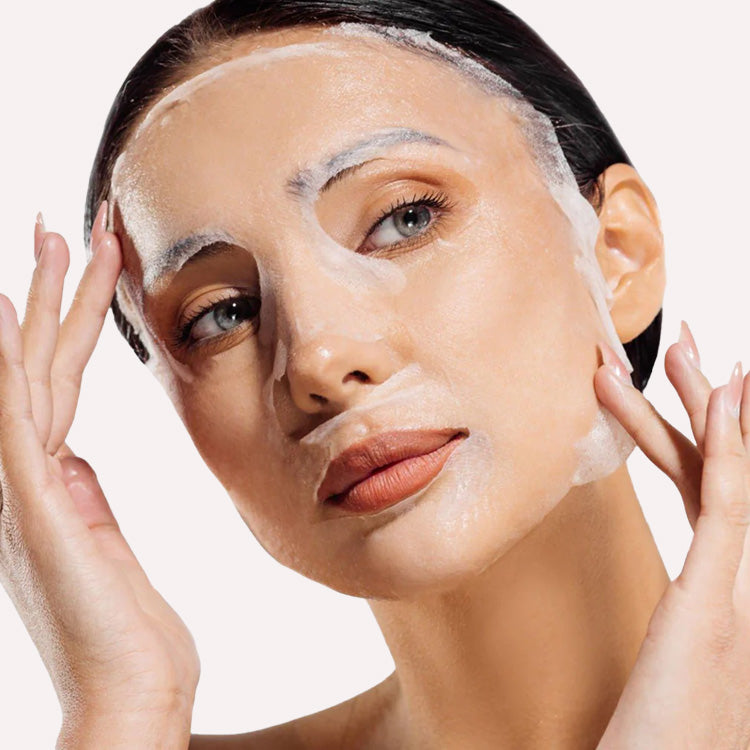The Cannes Film Festival: Nudity in Film vs. Fashion Debate
The Cannes Film Festival has long stood at the pinnacle of cinematic celebration and has repeatedly ignited conversations around sensitive topics, one of which includes the juxtaposition of nudity in film against its portrayal in fashion. Here, we delve into this intricate debate and explore how these two realms intersect, diverge, and ultimately affect our perception of art and expression.The Historical Context
Cannes has a rich history of showcasing films that challenge societal norms, and nudity has often been a focal point in many acclaimed works. From provocative scenes in classic films to audacious contemporary offerings, cinema has used nudity as a powerful tool for storytelling.In contrast, fashion, particularly on a platform as prestigious as Cannes, has traditionally adopted a more commercial approach, utilising nudity to accentuate aesthetic and cultural dynamics. This creates a polarising environment where two forms of artistic expression vie for attention and validation.
Nudity in Film: Artistic Expression
Film has a unique capacity to convey deep emotions and narratives, and the use of nudity can enhance this storytelling effort. When a character sheds their clothing, it can symbolise vulnerability, freedom, or even rebellion. Many filmmakers argue that this level of exposure is essential in allowing audiences to genuinely connect with the character's journey.- Authenticity: Embracing nudity can bring a level of realism that scripted narratives often lack.
- Provocation: Nudity stimulates discussion and challenges viewers to confront societal norms.
- Contextual Importance: When done with intention, scenes of nudity can elevate the plot rather than distract from it.
Nudity in Fashion: A Commercial Perspective
In the realm of fashion, nudity often walks a tightrope. Designers frequently utilize nudity to make bold statements and showcase their work in a manner that garners attention. However, the motivation behind such exposure can be perceived differently, often leading to debates about objectification and commodification.- Marketing Impact: Nudity can spark curiosity, promote brands, and generate buzz surrounding collections.
- Symbol of Power: Many designers use nudity to convey confidence, strength, and individualism.
- Artistic Showcase: Fashion shows reinterpret nudity as a blank canvas for garments, creating a provocative yet artistic display.
Comparative Analysis: Film vs. Fashion
At Cannes, the crossroads of film and fashion creates not only an intriguing discourse but also a clash of ideologies. While film often seeks depth and emotional resonance, fashion leans towards visuals and commercial impact. Both fields wield nudity in their respective ways, but they significantly differ in intent and outcome.Integration vs. Presentation: In film, nudity often integrates with narrative, serving the storyline holistically, while fashion focuses on surface presentation to captivate and draw in potential consumers. Meaning vs. Aesthetics: Nudity in films carries layers of meaning, evoking thought and awareness. In contrast, fashion nudity can often veer towards the aesthetic, making it susceptible to commercialisation rather than serving a deeper purpose. Narrative vs. Symbolism: Film employs nudity for narrative enhancement, while fashion uses it symbolically, often as an embodiment of freedom or rebellion against societal expectations.
The Wider Implications
The discussions sparked by nudity in both contexts at Cannes extend beyond cinematic and fashion confines. They raise questions about gender roles, self-expression, and the politics of the body. The festival provides a unique platform to discuss these pressing issues, allowing artists to reflect and provoke, pushing the boundaries of societal expectations.- Empowerment: The critical discourse around nudity can serve to empower individuals to embrace their bodies.
- Body Positivity: Celebrating diverse body types reshapes narratives and challenges traditional standards of beauty.
- Cultural Sensitivity: Understanding the implications of nudity varies across cultures, necessitating a nuanced approach.






















